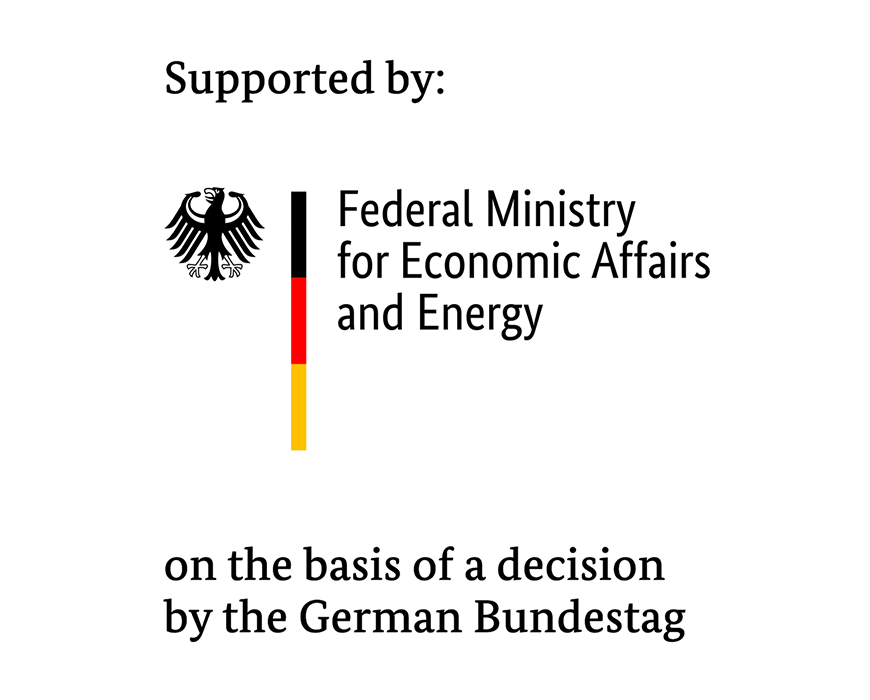At a glance
- Power cables connecting offshore wind farms to the grid are laid in the sea floor and have to be located precisely. Sediment movement can cause their position to change.
- Current cable detection methods are often expensive and not always reliable.
- Within the scope of the SASACD project, the project partners are therefore developing a new measurement method which can be used by the offshore industry.
The challenge
Offshore wind farms are connected to the grid on land via export cables, which are laid in the seabed. They are positioned such that they cannot be damaged by fishing or anchors. The cables must also not be laid too deep, as otherwise it can no longer be guaranteed that the circulating seawater in the sediment will cool the cables.
During the service life of an offshore wind farm, and thus also of the export cable, the depth of the cable may change due to sediment movements caused by ocean currents or tides. Regular measurements of the cable routes are thus necessary to ensure the optimum position of the cable and support any repair work.
However, the acoustic and magnetic methods which are currently employed are time-consuming and expensive, plus not always reliable. For example, cables cannot be surveyed over an extensive area or they have to be switched off during the survey, resulting in financial losses for wind farm operators.
The solution
In the SASACD project, the project partners have set themselves the goal of developing a novel measurement system for cable localization that addresses the disadvantages of existing systems. The aim is to achieve efficient localization of cables and a sufficient penetration depth into the sediment, while avoiding having to turn the cables off. To this end, novel methods of diffraction imaging are being used which are already in use at the Fraunhofer IWES to detect boulders in marine sediments.
The added value
At the end of the project, a demonstrator will be available, which has the necessary technical configuration for cable detection and can also be used from relatively small survey vessels. In addition, a concept for data evaluation is being developed, with which fit-for-purpose survey results can be developed for typical industrial clients.
In one sub-project, the project coordinator, the Fraunhofer IWES, is responsible for system integration and system evaluation. The aim is to ensure the practical usability of the developed geophysical measurement system.
